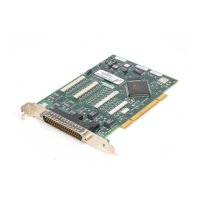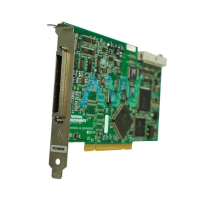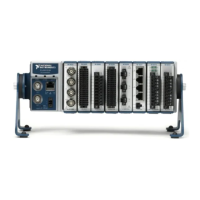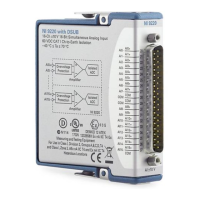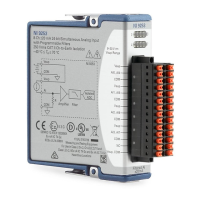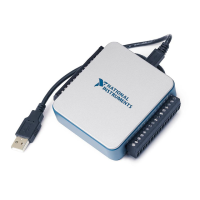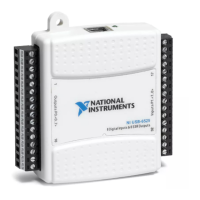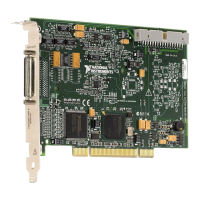9-6 | ni.com
Chapter 9 Digital Routing and Clock Generation
Using RTSI Terminals as Timing Input Signals
You can use RTSI terminals to route external timing signals to many different M Series
functions. Each RTSI terminal can be routed to any of the following signals:
• AI Convert Clock (ai/ConvertClock)
• AI Sample Clock (ai/SampleClock)
• AI Start Trigger (ai/StartTrigger)
• AI Reference Trigger (ai/ReferenceTrigger)
• AI Pause Trigger (ai/PauseTrigger)
• AI Sample Clock Timebase (ai/SampleClockTimebase)
• AO Start Trigger (ao/StartTrigger)
• AO Sample Clock (ao/SampleClock)
• AO Sample Clock Timebase (ao/SampleClockTimebase)
• AO Pause Trigger (ao/PauseTrigger)
• Counter input signals for either counter—Source, Gate, Aux, HW_Arm, A, B, or Z
• DI Sample Clock (di/SampleClock)
• DO Sample Clock (do/SampleClock)
Most functions allow you to configure the polarity of PFI inputs and whether the input is edge
or level sensitive.
RTSI Filters
You can enable a programmable debouncing filter on each PFI, RTSI, or PXI_STAR signal.
When the filters are enabled, your device samples the input on each rising edge of a filter clock.
M Series devices use an onboard oscillator to generate the filter clock with a 40 MHz frequency.
Note NI-DAQmx only supports filters on counter inputs.
The following is an example of low to high transitions of the input signal. High to low transitions
work similarly.
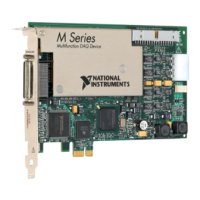
